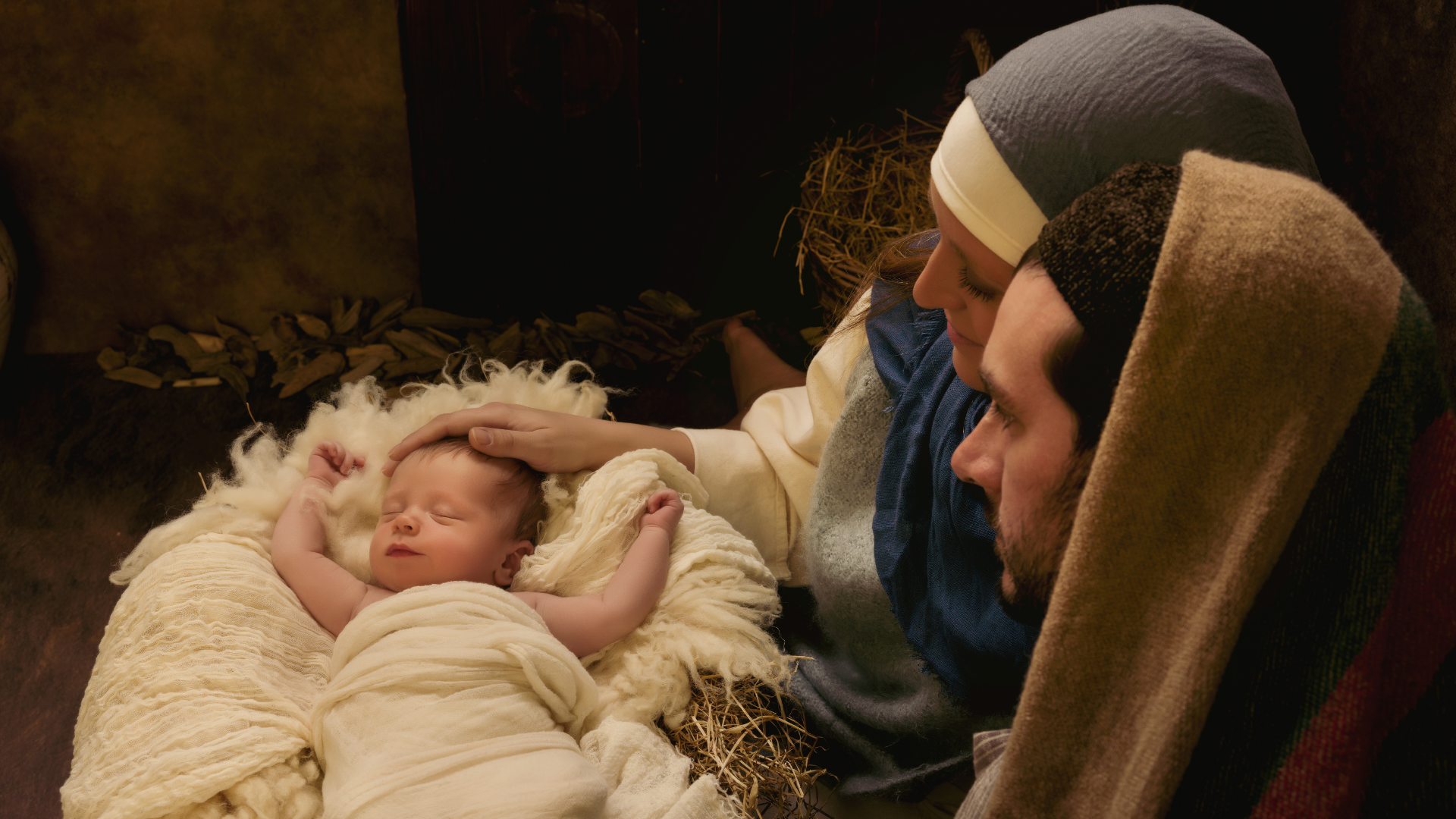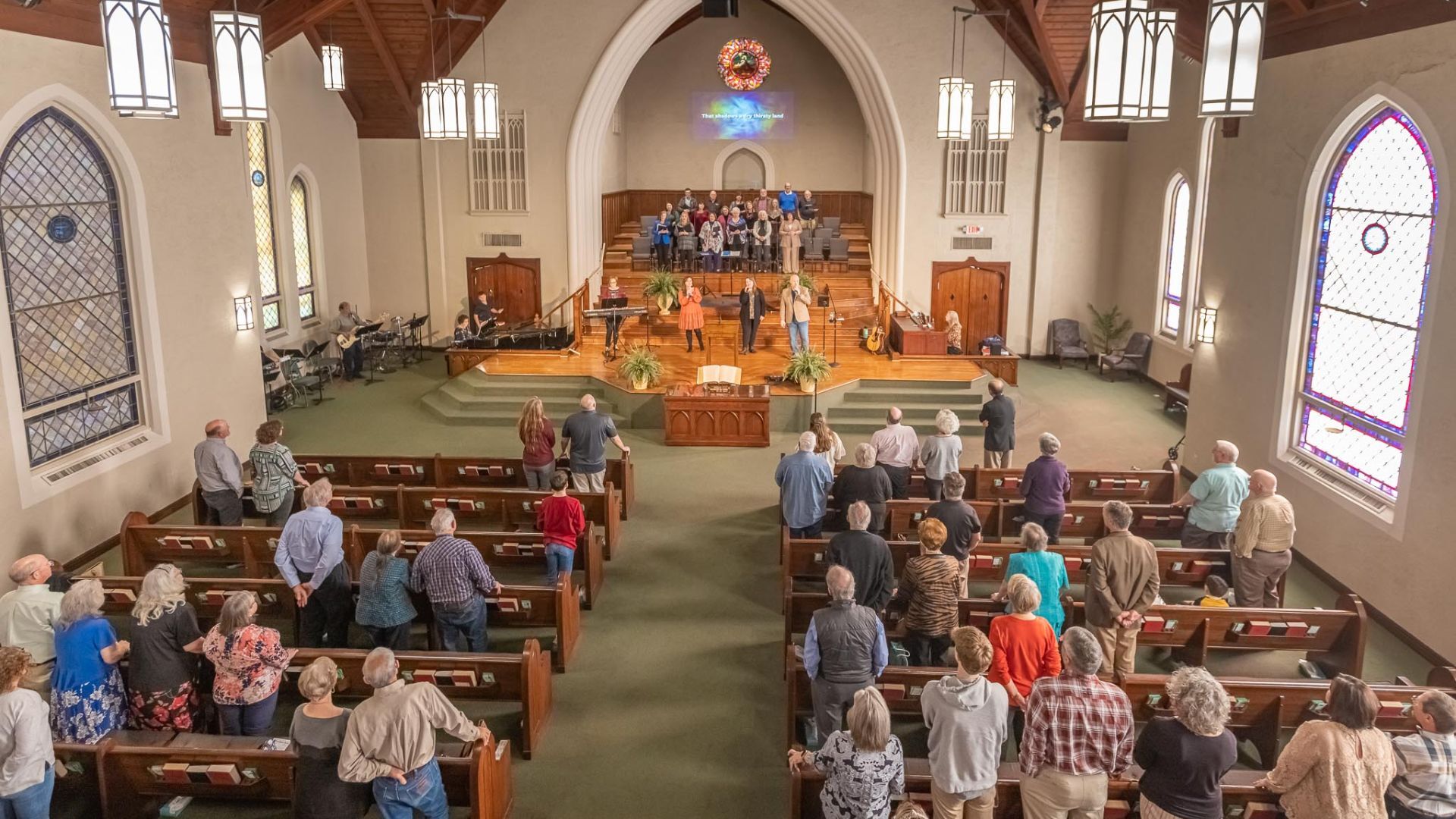We’ve been looking over the past few weeks at some of the challenges and changes in the area of staffing your church brought on by what many are calling The Great Resignation. (To catch up on our journey so far, you can go here).
We’ve talked about the changing employment landscape and how it will most probably affect your church in some way over the coming months. Now is a great time to develop a realistic plan to factor in some of these changes and how they will affect your church. Churches that play defense in this area will find themselves at a definite disadvantage.
You need a plan. Otherwise, you WILL be playing defense by default.
With many churches seeing increased staff transition during this time, a strategic staffing plan will help you analyze and reprioritize your staffing needs for the future.
Who does this?
Practically no one.
That’s a problem.
A strategic staffing plan will allow you to potentially stave off some of the staff transitions that may have happened without a plan. And a strategic staffing plan allows you to reassess and recalibrate for future staffing shifts that you’ll need to make to face the new reality of your church post-COVID.
Here is what you’ll need to include in your plan:
Part 1: Ministry Staff Retention
The first part of your plan must be to take steps to keep your current key ministry staff in place. Our internal research shows that 54% of current ministry staff are considering transitioning from their current ministry role in the next twelve months. And 31% have considered leaving vocational ministry work altogether post-COVID. Of course, your staff may be the exception (we often like to think they are), but if these numbers hold true in your situation, anything you can do now to retain these key members of your team may save a lot of time, frustration, and replacement costs.
Many churches just don’t think in this way. And they are always caught by surprise when they have a staff member that decides to move on. (I mean, who WOULDN’T want to work here?) Today’s reality is that there are many more opportunities for your current staff, both inside and outside of the Church. That means that you can’t guarantee that your most valuable team player may not be a part of the 54% that are looking and may potentially move on. Any steps you can take now may help you retain the key staff that you depend on day in and day out.
Take a Fresh Look at Your Team Culture
Today’s church staff are looking for more than a paycheck. They want to be a part of a team… a healthy team. You are wise to do what you can now to foster a healthy team culture… a group of people that really connect with each other and the mission of your church.
This is a great time to check in with each of your staff, one-on-one, to see how they are doing. Has their role changed over the past two years? Do they feel overworked? Do they feel appreciated? Do they feel like they are a valuable part of the team? Chances are you won’t know if you don’t ask. This is an important part of playing offense. Find out if there are things that need to be improved or tweaked now before staff considers jumping ship.
Review Your Overall Compensation Plan
One of the results of The Great Resignation is a general increase in salaries. A shortage of workers combined with current inflation rates has caused many businesses to offer higher salaries and benefits to entice new hires. The church is not immune to this. More pointedly, YOUR church is not immune to this. Staff that are open to transition can many times find a higher salary and package elsewhere.
So what can your church do? Budgets are budgets, and chances are, you cannot find additional money for huge staff salary increases in the next 90 days. While this is true, you may need to try to find at least some additional resources that can help key staff feel they have a competitive salary in their current role. When you can be generous, be generous. And as there is some staff attrition, consider consolidating some roles or not automatically re-hiring a position to free up some personnel costs that may be redistributed.
Of course, this is easier said than done. But remember this, replacing a current staff member with a comparable new staff member will undoubtedly be more expensive. Include that reality into your current personnel budget and individual staff salary considerations.
Review your Overall Benefit Packages
Benefits are just as important as salary considerations to some employees. And some benefits can be provided at little to no cost to the church. Others, of course, mean a larger financial investment in the employee but gain some considerable loyalty points from employees.
Many churches don’t give much thought to their benefits package. Today’s employment climate means that many businesses are offering more benefits and flexibilities to their salary package. Churches are wise to at least consider some new options.
Of course, things like a great health insurance benefit, and other kinds of insurance coverage are among the most enticing (yet most expensive) benefits that can be offered. A few years back, many churches dropped their health insurance packages and allowed employees to search out their own alternatives. We’re seeing a trend back to offering at least some kind of health care coverage to full-time church staff. That benefit alone may be the reason a future staff member decides to join (or not join your team).
But not every benefit costs ‘money’. Benefits that offer flexibility are also things that can be added. Some examples include flexible office hours, work from home availability, additional vacation time, and personal days. Maybe consider giving staff members their birthday off each year or adding healthy snacks to the break room. Many churches are giving a bonus week between Christmas and New Year’s day as an additional paid break. Be creative. Each thing that you can offer shows that you value employees and helps create a healthy team dynamic that makes people feel loved and cared for.
Part 2: Reassess the Present
Now is a great time to take inventory of your current staffing structure.
Much has changed since before the pandemic started. You have probably shuttered some ministries and started new ones. Attendance patterns may have shifted. New financial realities (good or concerning) may be solidifying. And the staff level and support that you had pre-COVID may or may not serve your church well going forward.
Here are some questions to ask:
- What existing roles are no longer necessary?
- What positions need to be adjusted or eliminated?
- What positions have increased in priority and need more attention?
- Where are the holes? What’s not getting done that needs to get done?
- What is being done by staff that needs to be done more by volunteers?
- What is being done by volunteers that needs some additional staff supervision?
Here’s a warning: don’t ask these questions unless you really want to know the answers. The true answers to these questions will cause you to make some tough decisions on both personnel and budget.
Part 3: Plan for the Future
Now you have a blueprint… a true plan for the future.
Did you identify some areas in part one that need to be addressed in the coming months? Maybe some people on your team need some salary readjustment to bring them up to where they need to be. Perhaps you’ve identified a few adjustments to your overall benefits package that will make a difference in retaining key team members. And maybe you learned some key takeaways from your one-on-ones with your staff that help you plot a better future for everyone. That’s your starting point.
Write down all you’ve learned so far.
Then dream.
If you take the time to dream about the future of your church and your staff, what comes to mind? And once you have a list, write down what it will take to get there. How much money will it cost? How much time will it take? What new hire or volunteer team will need to be involved?
Here’s a hint: You’ll never be able to dream (Part 3) if you don’t do the hard work of retaining your staff and assessing your present (Parts 1 and 2).
Until you take the time to write down your plan, chances are you WILL be playing defense, putting out fires as they arise (and they will arise), and hoping for the best.
A master staffing plan is something that can be difficult to do on your own. You may be too close to the situation to see things objectively. It takes quite a bit of effort and focus to create a plan of this sort, and your day-to-day responsibilities can make it hard to set aside the needed time.
If you need help with your staffing master plan, we’d be glad to help guide you through our step-by-step process. We can share best practices with you that will help you build a healthy, solid team for the future.






